How to treat cabbage with tobacco dust?
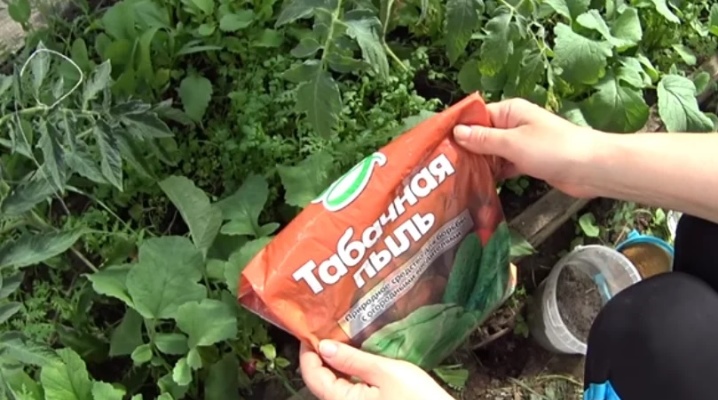
Cabbage is often attacked by all sorts of pests. In the fight against them, gardeners use a number of folk methods that have proven their effectiveness for decades. One of the best tools is tobacco dust, which can be easily purchased or manufactured even for a novice summer resident.
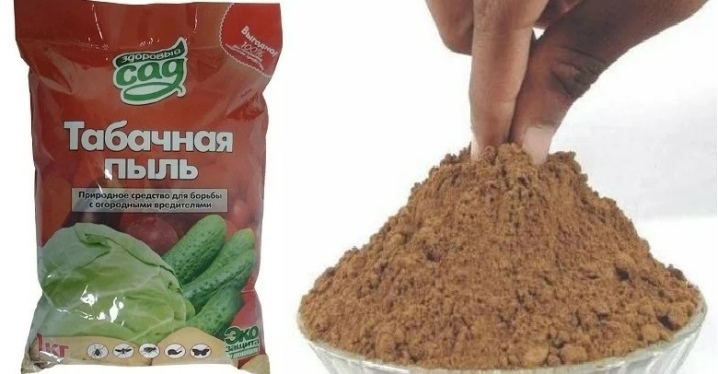
Processing features
The main plus of tobacco dust is its cheapness. This substance is a waste, so its cost is low, and there is no need to fear fakes. In addition, the dust is environmentally friendly, it is safe for the health of people and animals. Treatment with such a substance serves two purposes. The first is fertilization. Tobacco dust quickly penetrates into the root system of cabbage, accelerating its growth and survival. The second goal is pest control. The substance eliminates almost all enemies: caterpillars, butterflies, the Colorado potato beetle, ants and other insects that can harm plantings.
Tobacco dust comes in different forms:
- powder is sprinkled on soil and cabbage leaves;
- the crumb is added to the soil;
- the foliage is sprayed with liquid, the soil is spilled with it;
- smoke bombs are used to fumigate a greenhouse.

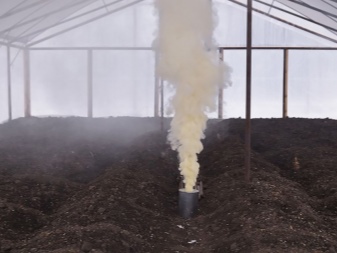
To process cabbage with tobacco dust, it is necessary choose the right day... If it is windy outside, the procedure will have no effect, since the dust particles will immediately spread throughout the area. The same applies to rain, which will wash away the substance in a matter of minutes. You can process the crop immediately after planting: this will prevent the appearance of pests and fertilize the soil.
But when the cabbage blooms, the procedures should be postponed, since in this case the beneficial insects, frightened by the pungent smell of tobacco, will also leave.
Two weeks before harvesting, processing is stopped, otherwise the heads of cabbage will have an off-flavor.
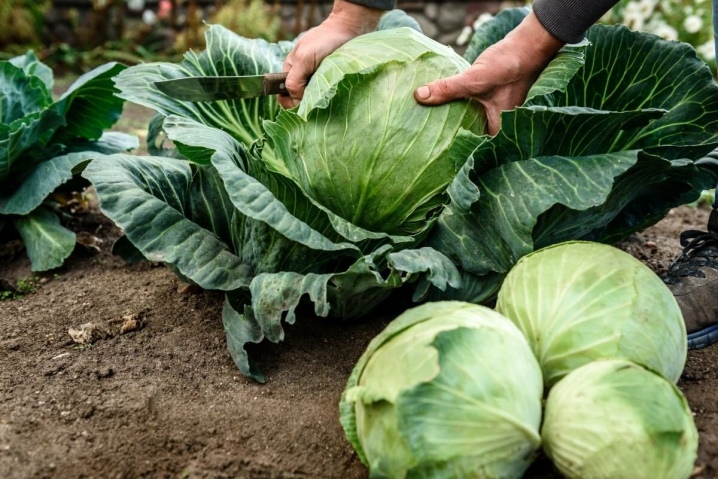
Application methods
Basically, in practice, there are two ways to use tobacco dust:
- dry (dusting or fumigation);
- wet (infusions, decoctions).
Let's consider these techniques separately.
Dusting
This method is also called pollination. It is the simplest because it does not require preparation time. In the morning, while the dew is still on the foliage, the cabbage is sprinkled with tobacco dust. If it is not possible to carry out the procedure in the morning, then the leaves are sprayed with water before use. The main thing is that this does not happen at the peak of solar activity.... When the rain has passed, the procedure can be repeated.
Note: Tobacco dust will work much more effectively if mixed with wood ash in equal proportions. For more comfortable spraying, you can use a fine sieve.
However, it should be remembered that dust slightly inhibits the photosynthesis of the culture, therefore, dusting should not be used too often. It is better to alternate several techniques.
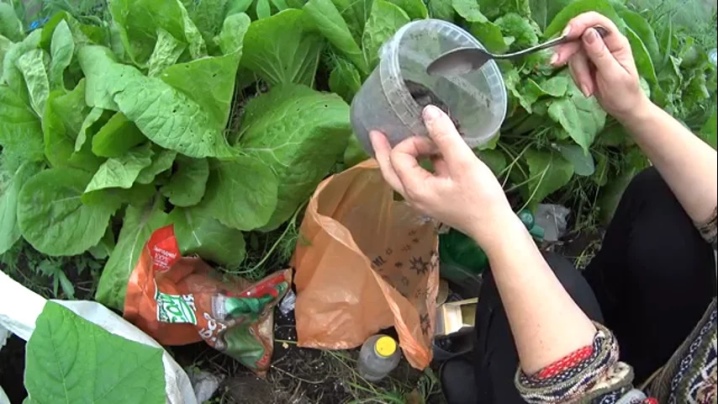
Fumigation
This method is used less often than the others, but let's talk about it too. From the name it is clear that the plants are to be fumigated with smoke. You need to apply the technique in the open air. Dry brushwood and organic matter are placed on the plot next to the cabbage. When the flame takes over, tobacco dust is thrown there. The aroma emanating from the fire will expel pests from the site. It is important that there is no wind on this day, otherwise the technique will be unsafe. For 1 square meter of fumigated area, 10 grams of dust is needed. Processing is carried out exclusively after flowering, otherwise the bees will not arrive.
Important: this technique cannot be used in greenhouses with plants, the culture simply will not withstand such an impact.Fumigations in greenhouses are carried out as a preventive measure only before planting.
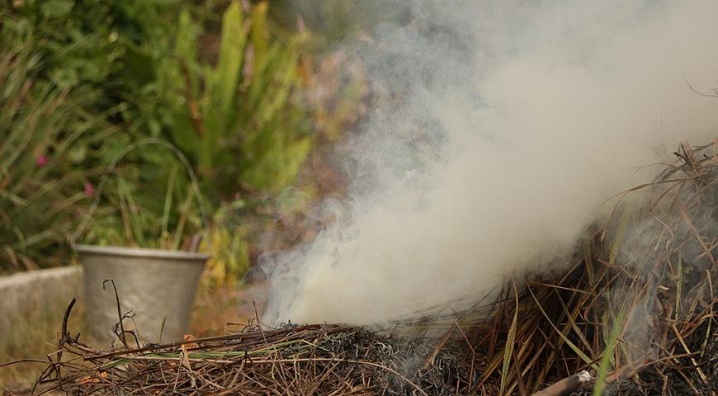
Spraying
In order to spray plants from various pests, you can also use tobacco. You can dilute it for spraying as follows:
- carefully pour half a kilo of tobacco dust into a bucket;
- pour 10 liters of water, stir well;
- let it brew for three days, while stirring the composition once a day;
- strain the solution, pour it into a spray bottle and use.
You can also make a decoction. Take an unnecessary container, boil two liters of water in it, and then pour 50 grams of tobacco dust into the boiling water. Reduce heat and simmer for half an hour. After that, the composition should be infused for a day. Before use, the broth is diluted with two more liters of water, and then 4 teaspoons of liquid or grated laundry soap are added there.

As in the case of dry use, tobacco can also be mixed with ash here.... You will need a glass of each ingredient. These substances are poured with a liter of very hot water, left to cool completely. Before use, supplement with two glasses of cold water and three tablespoons of liquid soap. Stir and use immediately for spraying.
If you have liquid tobacco dust, try the following technique. Take 400 milliliters of the composition and pour into a ten-liter bucket of lukewarm water. Leave for two days, then strain. Before use, the concentrate is diluted with another 10 liters of pure water and supplemented with grated soap.
The dosage is calculated as follows: for each liter of the composition, you need a teaspoon of soap. You need to process cabbage with such a solution immediately after cooking.
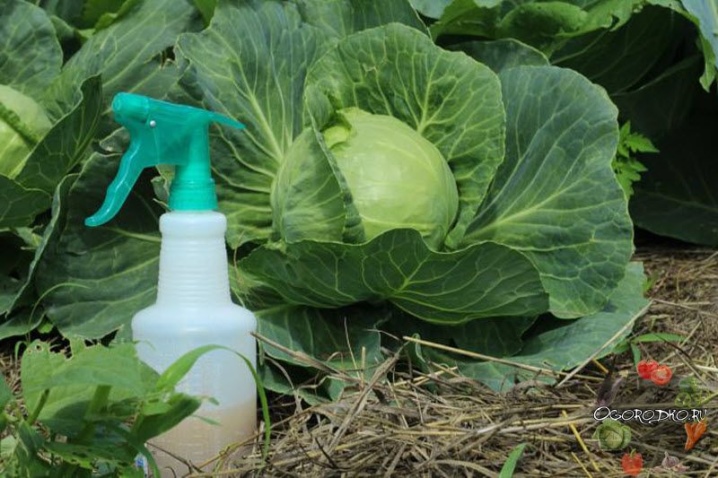
Now let's look at the interval at which you need to use tobacco dust:
- dusting - no more than 2-3 times per season;
- fumigation - after flowering (if it is a greenhouse, then before planting), you can several times per season;
- spraying - every 14-15 days.
All of the above techniques will help get rid of almost all pests that parasitize cabbage. If the dust is used as fertilizer, the plants themselves are not sprinkled with it. The agent has to be scattered only on the ground or added when digging a garden.
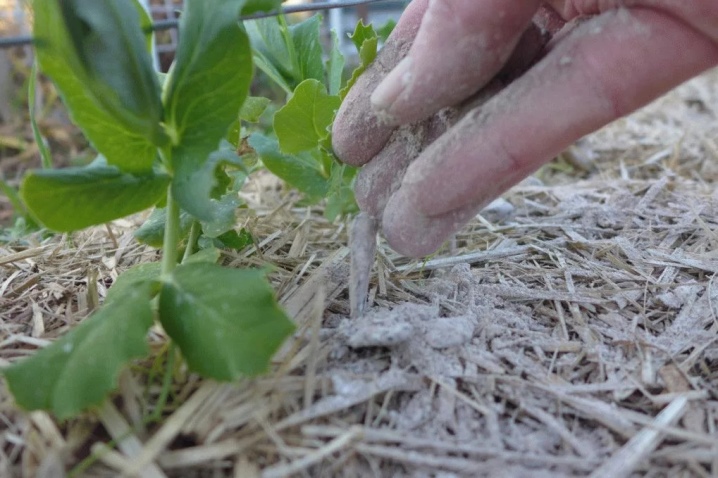
Precautionary measures
When treating plants with tobacco dust, you need to remember that this is the strongest allergen. If you are allergic, it is better to take another remedy. In addition, the dust is volatile, which means it can easily get into the eyes and respiratory system. To avoid this, you must wear special glasses, as well as a respirator or gauze bandage. Hands must be protected with gloves. If plants are being cultivated in a greenhouse, take a break every 15-20 minutes and breathe fresh air. Any substance that gets on your skin must be washed off immediately with water. Take the clothes you used to work with the plants to the back room and wash them.
Important: any decoctions and infusions with dust in the composition cannot be cooked in the dishes from which you eat. You need to take special containers that are not used in cooking.
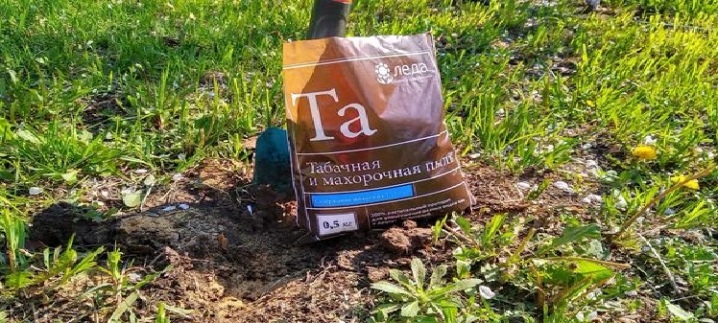













The comment was sent successfully.